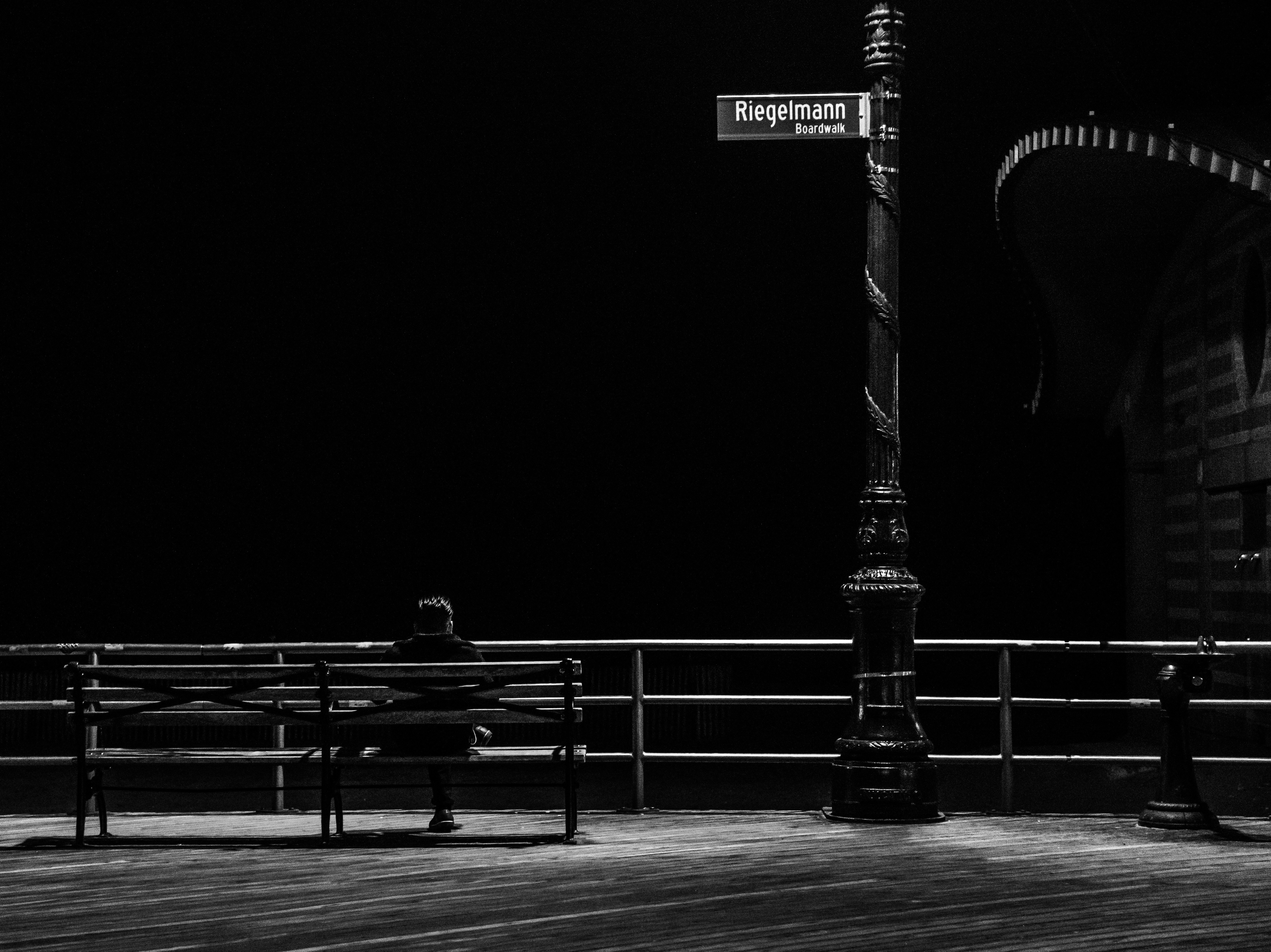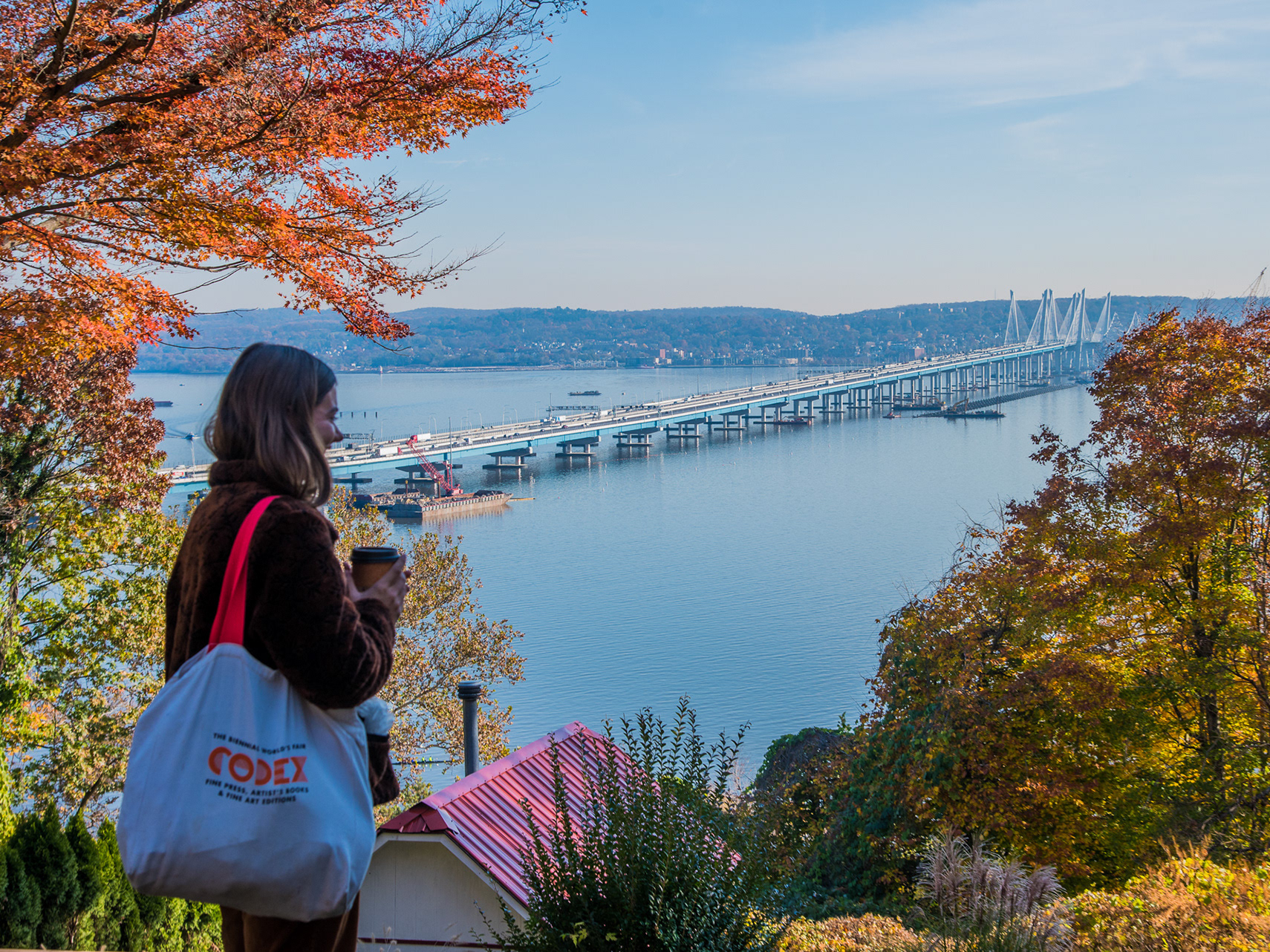The 33-meter statue of Christ in Cochabamba offers a view of the entire Cochabamba valley. Cochabamba is the 4th-largest city in Bolivia, and the statue, called Cristo de la Concordia, is the tallest in South America.
Reese Davison helps collect stones for a greenhouse foundation in Cochabamba, Bolivia. Davison was an Oxford University volunteer with the Bolivian-American NGO Mano a Mano in August and September 2016.
Leandro, a Bolivian farmer, and Jacob Forshaw, an Oxford University volunteer, build a greenhouse. For high-altitude farmers in Bolivia, a greenhouse can be a crucial tool for growing green vegetables.
These Quechua children live in the Tapacari province in western Bolivia, at an altitude around 14,000 feet. They come from families of subsistence farmers whose livelihoods rely on just a few crops, such as potato, lima bean and corn.
Agronomist Victor Penarrieta (kneeling), who works for Bolivian-American NGO Mano a Mano, demonstrates seed planting to Bolivian subsistence farmers. Mano a Mano collaborated with these farmers in August-September 2016 to build greenhouses and therefore increase their crop variety.
A river runs through the bottom of a canyon in Torotoro, Bolivia. Parc Nacional Torotoro houses the largest collection of dinosaur footprints in the world.
A Bolivian woman carries her baby down a backstreet of Copacabana, Bolivia. Despite its reputation as a haven for backpackers and tourists in Bolivia, most of the native Copacabanan population lives in poverty.
The highest navigable lake in the world, Lake Titicaca straddles the Bolivian-Peruvian border at 12,500 feet. Its deep blue waters have led indigenous Aymara populations to consider it the world's birthplace.
Two bulls lock horns in the farmlands east of Cochabamba, Bolivia. Farmers in that area rely on bulls to transport heavy loads up and down steep mountain paths.
The Wirkini water reservoir, which began undergoing construction in 2012, was dedicated on October 18, 2016, amidst Bolivia's worst drought in 25 years. The reservoir provides a constant, reliable source of water for nearly 400 families in five different communities.
At a dedication of the Wirkini water reservoir in western Bolivia, local farmers celebrate Mano a Mano, the NGO that helped construct it. The project provides an answer to the drought that forced more than half of the country to declare a state of emergency.
A Bolivian subsistence farmer smiles as water begins to flow through the channel of the new reservoir that will provide water for her family. The reservoir aids over 2000 people in total.
Prior to donating thousands of pounds of medical supplies to hospitals across Bolivia, NGO Mano a Mano worked well past midnight every day to set up their warehouse for the donation ceremony. Mano a Mano provides dozens of hospitals and clinics with American medical supplies that otherwise would have gone to waste.
A Bolivian child named Brian receives a wheelchair to compensate for his legs, which have never worked. The wheelchair originally comes from St. Paul, Minn., and came to Bolivia via an NGO called Mano a Mano, which has been transferring medical supplies to Bolivia since 1994.
The city of Cochabamba has not quite started moving at just before 6 a.m. Normally, the streets are bustling with cars, buses, and an enormous number of taxis.





